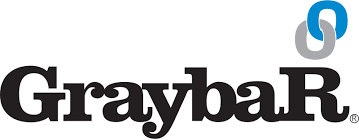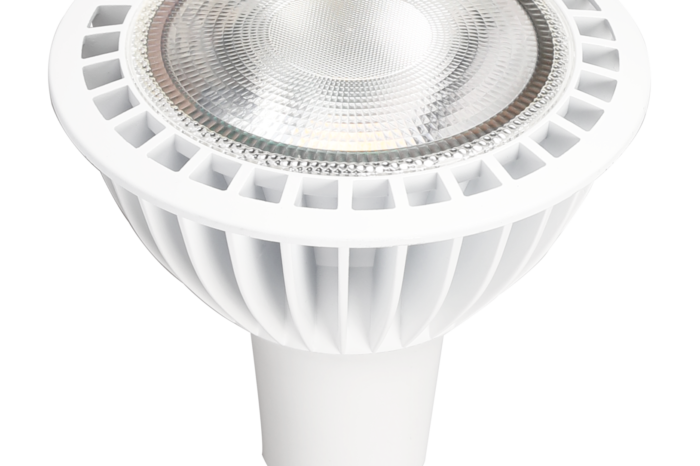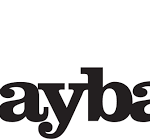Who said 2020 was a Tough Sales Year? Not Graybar.

Graybar reported that, at year end, sales ($7.3 billion) were only down 3.4% which, given the year, was “nothing”, especially since the industry was projected as down 10-12% by DISC and Rexel US reported down 7.7% in Q4 (and more for the year). Comparing versus WESCO isn’t feasible due to the combined results with Anixter not enabling for a comparable basis.
While net income was down 15.7% due to a non-cash pension settlement charge, the company’s income from operations was $224.8 million, an increase of 0.5%
So, sales down a little, profit up a little.
Some assumptions …
Benefited from …
- Opportunities in the data networking area
- Their utility business
- Cost savings in T&E, personnel (they had furloughs and maybe some layoffs when COVID first started – we know some who didn’t get recalled till August. This becomes compensation savings)
- Marketing savings (events, training, etc) and everything going online
- Continued opportunities in the construction segment
And reportedly the company continued to invest in strategic areas of inventory and eCommerce, to name a few.
At the same time Graybar released their 2020 10-K, so, a quick read-through reveals:
- 292 locations in the US and Canada serving approximately 146,000 customers served by approximately 8,200 people of which 4,100 are in sales capacities.
- Purchase from about 4200 suppliers
- Graybar estimates that the top 5 distributors in the industry represent 35% of the total US market.
- Graybar commented about the role of digital / omni-channel customer buying preferences and said, “digitalization is becoming increasingly important to both manufacturers and distributors.”
- Distribute over 1 million products with approximately 110,000 items stocked in warehouses.
- Approximately 60% of Graybar sales were from inventory in 2020 and 2019.
- 50% of sales were from top 25 suppliers
- Operating 20 RDCs in 13 districts in the US. The number of facilities (sales offices / branches) in each district ranges from 10-22 with 218 in total. Graybar owns 115 of its facilities. RDCs range in size from 130,000 – 324,00 square feet. 11 of the RDCs are owned.
- In Canada, the company has 31 distribution facilities of which 19 are owned.
- Net sales for 2020 declined $258.2 million or 3.4% to $7.265.7 million. SG&A decreased $61 million, or 5.3% due to lower compensation / benefits and lower T&E expenses. The result was income from operations increased $1.2 million, or 0.5%, to $224.8 million. (and considering COVID and Graybar obviously didn’t receive PPP monies, is good given the challenges of the year.)
- Gross margin decreased to 18.8% from 19.0% (some may be attributable to business mix (i.e. utility vs contractor and/or product mix (PPP supplies vs electrical supplies)
- Decreased merchandise inventory levels of $68 million.
- An increase in net cash used by investing activities of $11 million was reported. The reason was that it increased was “due to the acquisition of Shingle & Gibb Automation on December 1, 2020, net of cash acquired of $27.2 million (purchase price). (Interestingly, Shingle & Gibb is a Siemens automation house. Graybar has other locations that are Schneider automation houses. Is a conversion in order or does this hint to a different Graybar strategy?)
- Contributed $40 million to the defined benefit pension plan.
- Business Mix
- Construction 58.1%, down from 58.4%
- CIG 26.8%, up from 26.5%
- Industrial & Utility 15.1%, flat with prior year
Some takeaways
- A pretty good year for Graybar, all things considered.
- Focused on digitalization to support customers and, perhaps more importantly, with their supply chain (to seek productivity benefits / reduce costs and increase visibility.)
- The margin is somewhat concerning if it wasn’t due to product or business mix. Continued margin erosion is not good for the industry.
When you think “Graybar”, what are the first 3-5 words or topics that come to your mind?






















